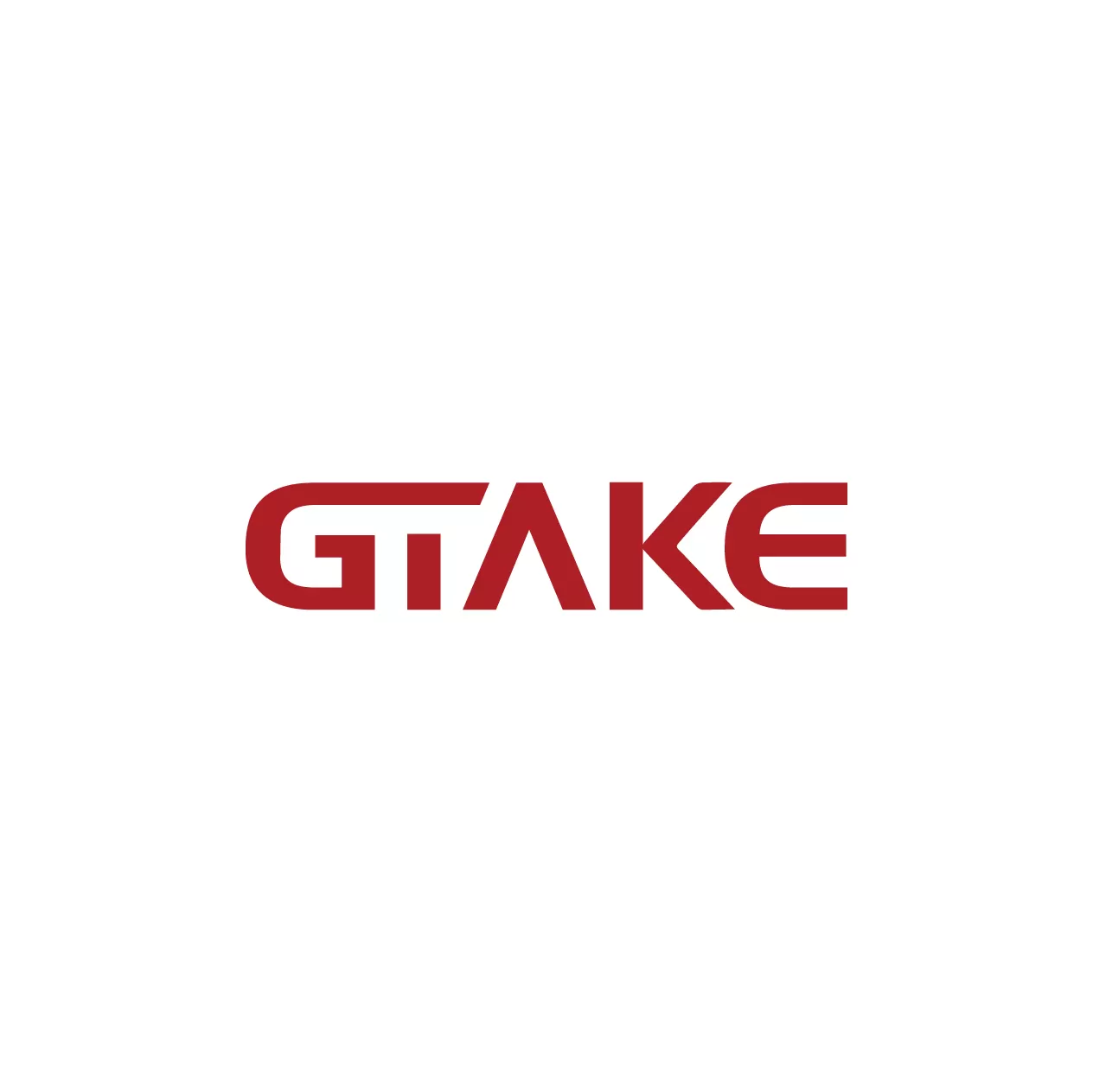With the increasing use of Variable Frequency Drives (VFDs) in industrial automation, precise motor control, and energy efficiency applications, ensuring Electromagnetic Compatibility (EMC) has become a critical aspect of drive system design and installation. Without proper EMC management, VFDs can generate electromagnetic interference (EMI), leading to performance issues, reduced reliability, and potential failures in surrounding electronic equipment. This article explores the importance of EMC in VFDs, best installation practices, and compliance with international standards.
What Is EMC and Why Is It Important for VFDs?
Electromagnetic Compatibility (EMC) refers to the ability of electrical equipment to operate without causing or suffering from electromagnetic interference (EMI) in its environment. In VFD applications, EMC ensures:
- Stable and reliable motor operation without disturbances.
- Minimal interference with other nearby electronic systems.
- Compliance with industrial regulations, ensuring safe and efficient drive performance.
VFDs, also known as frequency inverters, generate high-frequency switching signals during the power conversion process, which can lead to conducted and radiated EMI. Improper EMC management can cause:
- Signal distortion in sensitive control systems.
- Malfunctioning of industrial communication networks.
- Increased harmonic distortion, affecting power quality.
To mitigate these effects, EMC-compliant design and proper installation techniques are necessary.

EMC Compliance and Global Standards for VFDs
To ensure electromagnetic compatibility, VFDs must meet international EMC standards. The primary regulation for low-voltage drive systems is EN 61800-3, which defines:
- Emission limits: Preventing excessive EMI from affecting surrounding equipment.
- Immunity requirements: Ensuring the VFD remains unaffected by external interference.
EN 61800-3 Categories for VFDs:
| Category | Voltage Level | Application Environment |
| C1 | <1000V | Residential, commercial, and light industrial environments |
| C2 | <1000V | Industrial environments with potential for use in residential areas |
| C3 | <1000V | Exclusively for industrial environments |
| C4 | ≥1000V or ≥400A | Large-scale industrial applications requiring EMC analysis |
For compliance, proper shielding, grounding, and filtering techniques must be implemented in VFD installations.

Best Practices for EMC Management in VFD Installations
To reduce electromagnetic interference and maintain drive system reliability, follow these EMC best practices:
1. Proper Grounding and Bonding
- Mount VFDs on a conductive metal panel connected to the equipotential bonding system.
- Use short, low-impedance grounding cables to prevent voltage fluctuations.
- Ensure proper grounding of control cabinets, motors, and other components.
2. Cable Shielding and Routing
- Use shielded motor cablesto minimize conducted emissions.
- Connect cable shields to the metal chassis of the VFD on both endsfor better EMI suppression.
- Separate power cables from control and signal cablesto avoid cross-talk interference.
3. Filtering and Line Reactors
- Input filtershelp reduce conducted interference from the power supply.
- Line reactorsmitigate harmonics and improve VFD efficiency.
- Output filtersreduce motor cable reflections and EMI emissions.
4. Control Signal Protection
- Use shielded twisted-pair cablesfor analog and digital signals.
- Ground control cable shields at a single pointnear the VFD to prevent ground loops.
- Avoid running control cables parallel to power cablesto minimize induced interference.
5. Proper Installation of EMC Filters
- Install EMC filters as close to the VFD input as possible.
- Ensure metal-to-metal contact between the filter and cabinetto maintain conductivity.
- Use ferrite coreson power and control cables to suppress high-frequency noise.
Common EMC Challenges and How to Address Them
| EMC Issue | Cause | Solution |
| Motor Noise and Signal Distortion | High-frequency switching noise from VFD | Use shielded motor cables and output filters |
| Interference with Sensors and Control Systems | Improper grounding and shielding | Use twisted-pair shielded cables and separate signal cables from power lines |
| Excessive Harmonics | High VFD switching frequencies | Install line reactors and EMC filters |
| Unexpected Drive Shutdowns | Voltage fluctuations due to poor grounding | Implement low-impedance grounding and bonding |
Conclusion: Achieving EMC Compliance with GTAKE VFDs
Ensuring EMC compliance in Variable Frequency Drives is crucial for maintaining system performance, reducing electromagnetic interference, and ensuring adherence to international standards. By following proper grounding, shielding, and filtering techniques, engineers can minimize EMI-related issues and enhance drive system reliability.
GTAKE specializes in high-performance VFD solutions, designed with built-in EMC compliance features for industrial automation, motion control, and clean energy applications. Our drives ensure:
Looking for a reliable frequency inverter ? Contact GTAKE today to explore our range of industrial VFDs engineered for precision, efficiency, and compliance!
